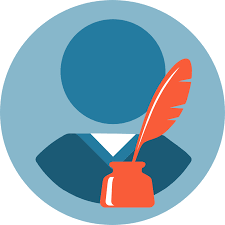As you may be aware, women have been participating in the democratic process since the beginning of the world, however, during the past few decades the Women’s Suffrage History Exams took place all over the nation. Because of the efforts of a group of male white males who felt that only men should have the vote, women were able to gain a place in our government.
Although women have always been involved in politics, this is the first time that women’s suffrage history exams have taken place. If you are already a citizen of the United States of America and you wish to vote, you can find a plethora of information on the Internet about the way you can sign up for your free copy of the exam.
Although the rest of the world has recognized the importance of equality, the U.S. has been slow to change their laws in regard to women’s suffrage history exams. Women feel that if women cannot participate in the political process, then they are missing out on the opportunity to move forward in their lives.
Women’s suffrage history exams may seem daunting to some, but they can do so by learning how to study and what kinds of test questions that will likely appear. Once you have begun to learn how to take an exam, you may want to consider taking this exam multiple times just to be prepared.
One of the most important things to remember when you are studying for Women’s Suffrage history exams is that you are not alone. You will be provided with easy-to-understand charts and lesson plans that will help you study and prepare.
By taking Women’s Suffrage history exams, you will be educating yourself about the movement and helping to pave the way for the future. The key to succeeding at this process is perseverance because you will be required to review the material, read through lesson plans, and answer quiz questions.
Although the need for women to take Women’s Suffrage history exams has faded, the movement is alive and well. If you wish to begin this new journey in life, you must work hard and remain persistent.
In studying for Women’s Suffrage history exams, you will be required to read a lot of literature, collect facts, learn vocabulary, and take a test or two. You will also be required to study several topics, such as, women’s suffrage in relation to family and career opportunities.
Overall, if you are truly interested in getting into politics, Women’s Suffrage history exams should not be too much of a deterrent. Take the time to learn and study and you will see just how much information you can uncover.
As you continue to study for these exams, you will learn how to write and what to study, you will learn how to answer quiz questions, and you will also learn how to prepare for the Written Comprehension test, which is a part of the university class. As you continue to study, you will see that you can see how the topics of the exam to help you in college.
It is important to understand that because women were not allowed to vote in most societies during the time that women were not allowed to vote in women’s suffrage history exams. However, the lack of the vote is something that has changed as we move forward in time and not just for the better.


